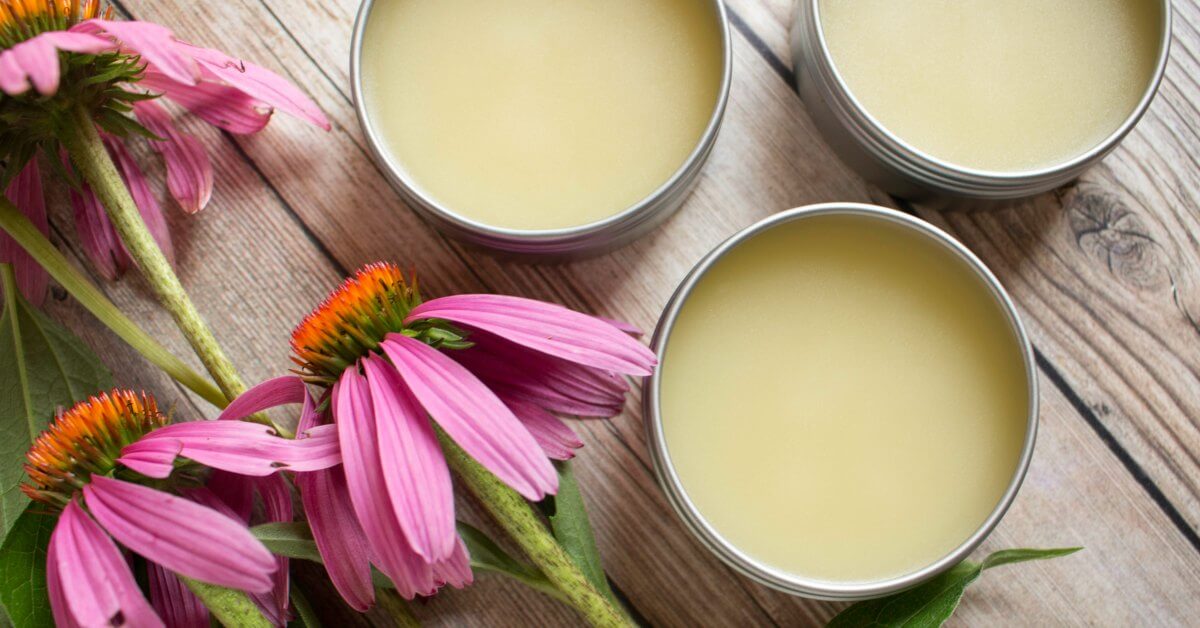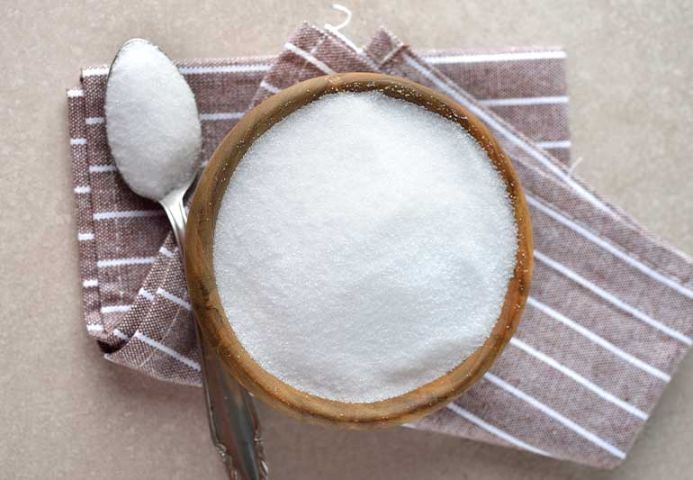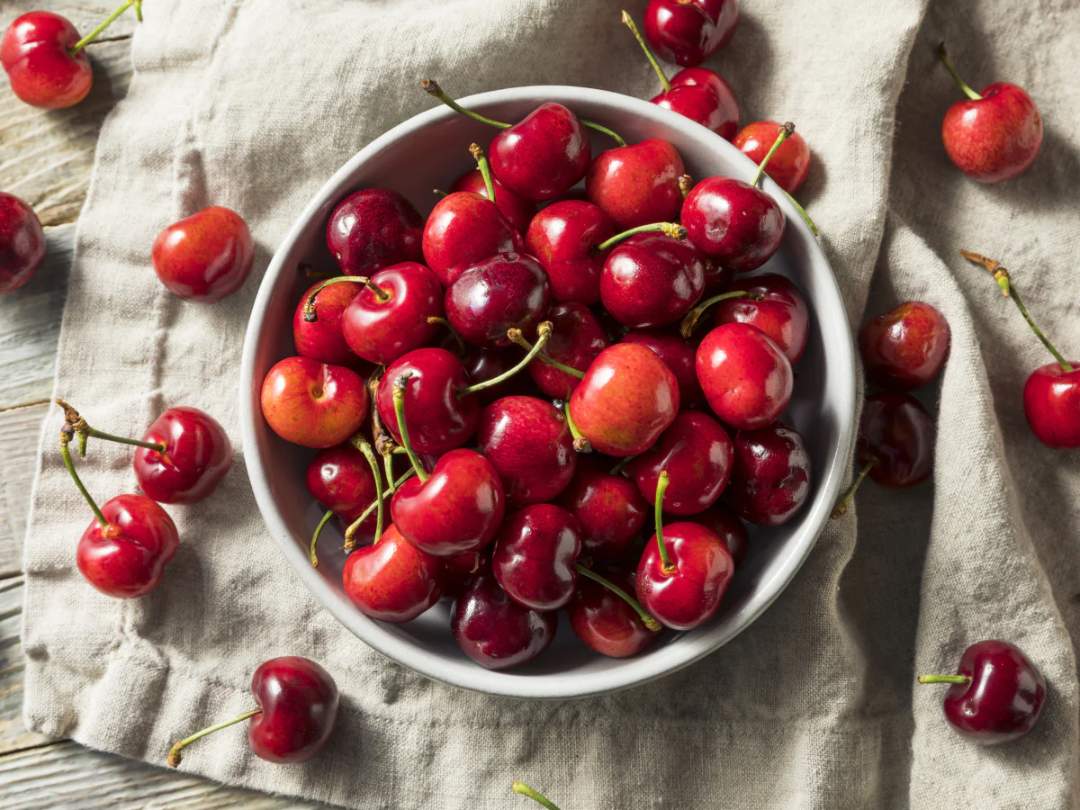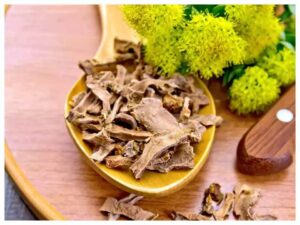The Discovery of Echinacea: A Journey Through Time
Echinacea, also known as coneflower, is a popular herb that has been used for centuries in traditional medicine. Its use can be traced back to the Native American tribes who used the plant for its medicinal properties. In this article, we will explore the fascinating journey of the discovery of echinacea and how it has become one of the most widely used herbal remedies in the world.
The Native American Connection
The use of echinacea by Native American tribes can be traced back to the 16th century. The plant was considered a sacred herb by many tribes and was used for a wide variety of purposes, including to treat infections, relieve pain, and boost the immune system. The plant was also used as a cosmetic, as the petals were crushed and used as a face paint.
The Arrival of European Settlers
In the late 16th century, European settlers arrived in North America and were introduced to echinacea by the Native American tribes. The settlers quickly adopted the use of echinacea and began to study the plant’s medicinal properties. They observed that the Native Americans used the plant to treat a wide range of ailments and were impressed by its effectiveness.
The Development of Echinacea as a Remedy
As echinacea’s popularity as a remedy grew, European settlers began to cultivate the plant in their own gardens. By the 18th century, echinacea was widely used in Europe and had become one of the most popular herbal remedies of the time. The first scientific studies of echinacea were conducted in the 19th century, and the plant was found to contain a variety of active compounds, including alkamides, polysaccharides, and caffeic acid derivatives. These components were believed to have immunomodulatory, antioxidant, anti-inflammatory, and antiviral properties.
The Modern Era
In the 20th century, echinacea became a popular remedy in the Western world and was widely used to prevent infections and boost the immune system. The first standardized echinacea products were developed in the 1960s, and the herb has since become one of the most widely used herbal remedies in the world. Today, echinacea is available in a variety of forms, including teas, tinctures, capsules, and topical creams, and is used by millions of people around the world.

Benefits of Echinacea for Health
The Science Behind Echinacea
Echinacea contains several active compounds that are thought to contribute to its medicinal properties. These include alkamides, polysaccharides, and echinacoside, all of which are believed to have immune-boosting, anti-inflammatory, and antiviral effects.
One of the ways in which echinacea is thought to boost the immune system is by increasing the production of white blood cells, which are the cells that help the body fight off infections and diseases. Additionally, echinacea has been shown to increase the production of cytokines, which are chemical messengers that help regulate the immune response.
Cold and Flu
One of the most well-known benefits of echinacea is its ability to help reduce the symptoms of colds and the flu. Several studies have found that taking echinacea can help reduce the duration of cold and flu symptoms, as well as decrease the severity of symptoms such as fever, cough, and sore throat.
Respiratory Infections
In addition to its benefits for colds and the flu, echinacea has also been found to be effective in treating other upper respiratory infections, such as sinusitis, bronchitis, and pneumonia. This is because echinacea is believed to help stimulate the immune system and improve its ability to fight off infections.
Cancer
Some studies have suggested that echinacea may have potential as a complementary therapy for cancer. Although more research is needed to fully understand the mechanisms behind this potential benefit, it is thought that echinacea may help boost the immune system and help fight off cancer cells.
Skin Conditions
Echinacea has also been used to treat skin conditions such as acne, eczema, and psoriasis. This is because echinacea is believed to have anti-inflammatory and antiviral properties, which can help reduce the severity of symptoms associated with these conditions.
Wound Healing
Echinacea has been used in traditional medicine for centuries to help speed up the healing process for wounds and injuries. This is because echinacea is believed to have anti-inflammatory and immune-boosting properties that can help the body fight off infections and promote healing.
Dosage and Safety
When it comes to taking echinacea for its health benefits, it is important to follow the recommended dosage guidelines. The recommended dosage can vary depending on the form of echinacea you are taking (e.g., tea, tincture, capsules), as well as the specific health issue you are trying to address.
In general, echinacea is considered to be safe when taken as directed. However, there are some potential side effects to be aware of, including nausea, dizziness, and headaches. Additionally, echinacea can interact with certain medications, such as immunosuppressants, so it is important to speak with your healthcare provider before taking echinacea if you are taking any medications.
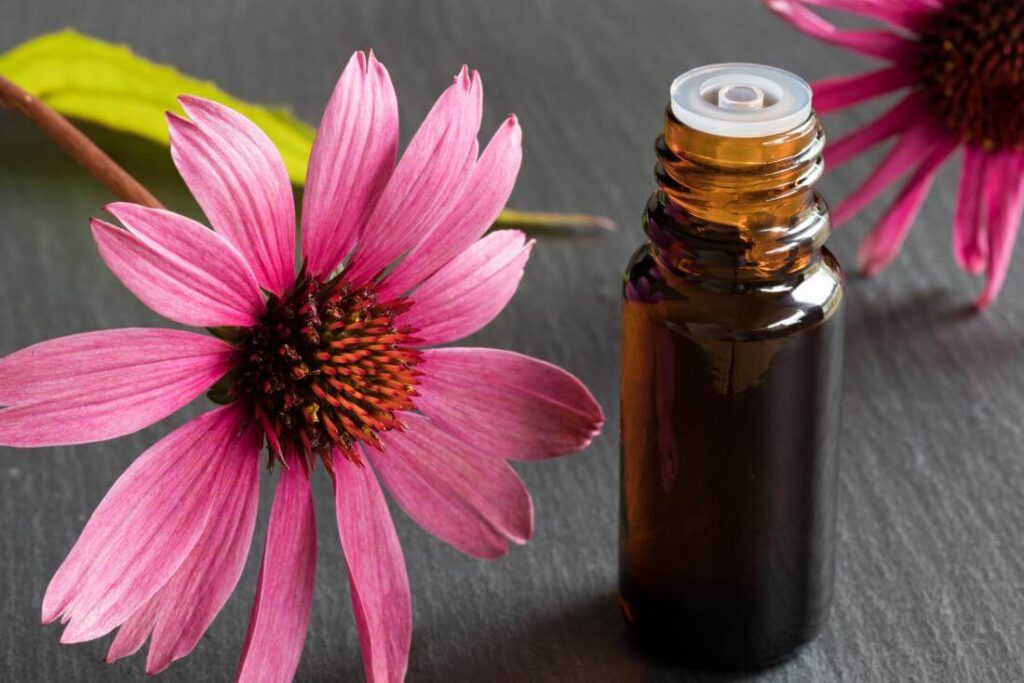
The Nutritional Components and Core Ingredients of Echinacea
Active Compounds in Echinacea
Echinacea contains several active compounds that are thought to contribute to its health benefits, including:
- Alkamides: Alkamides are compounds that are found in the roots of echinacea plants and are believed to have immune-boosting and anti-inflammatory effects.
- Polysaccharides: Polysaccharides are complex sugars that are found in the leaves and stems of echinacea plants. These compounds are thought to help boost the immune system and have antiviral properties.
- Echinacoside: Echinacoside is a compound found in the root of the echinacea plant and is believed to have immune-boosting and antiviral properties.
Explanation of Core Ingredients
Each of the core ingredients in echinacea plays a unique role in contributing to the health benefits of this plant. Let’s take a closer look at each ingredient and how it contributes to overall health.
Alkamides
Alkamides are compounds that are found in the roots of echinacea plants. These compounds are believed to have immune-boosting and anti-inflammatory effects, making them a key ingredient in echinacea’s ability to reduce symptoms of the common cold and flu, as well as to promote wound healing.
Polysaccharides
Polysaccharides are complex sugars that are found in the leaves and stems of echinacea plants. These compounds are thought to help boost the immune system, which can help the body fight off infections and diseases. Additionally, polysaccharides are believed to have antiviral properties, making them a key ingredient in echinacea’s ability to reduce the severity and duration of cold and flu symptoms.
Echinacoside
Echinacoside is a compound found in the root of the echinacea plant. This compound is believed to have immune-boosting and antiviral properties, making it a key ingredient in echinacea’s ability to reduce symptoms of the common cold and flu, as well as to promote wound healing.
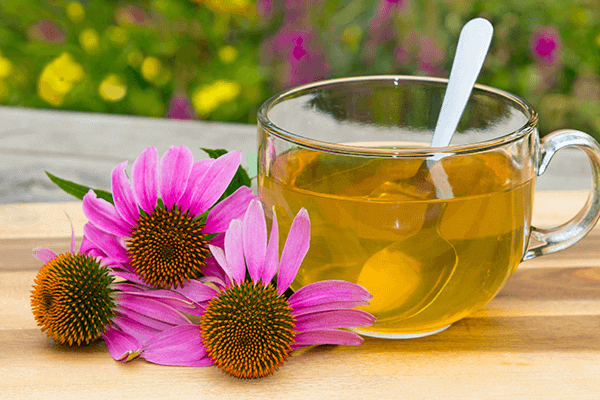
Methods for Consuming Echinacea
Cooking with Echinacea
Echinacea can be cooked and used in a variety of dishes, from soups and stews to teas and infusions. When cooking with echinacea, it’s important to remember that high heat can destroy some of the active compounds that give echinacea its health benefits, so it’s best to use echinacea in dishes that are cooked at low to medium heat.
One popular way to use echinacea in cooking is to make an echinacea tea. To make echinacea tea, simply simmer a handful of fresh echinacea flowers and leaves in a pot of water for 10 to 15 minutes. Once the tea has cooled, it can be enjoyed as is or used as a base for other dishes, such as soups and stews.
Taking Echinacea Supplements
Echinacea supplements are a convenient way to consume echinacea and can be found in a variety of forms, including capsules, tablets, and tinctures. When choosing an echinacea supplement, it’s important to look for a product that is standardized to contain a specific amount of echinacea extract, as this will ensure that you are getting a consistent dose of active compounds with each serving.
Echinacea supplements can be taken as directed on the product label, usually one to three times a day. It’s important to note that echinacea can interact with certain medications, such as blood thinners, so it’s always best to speak with your healthcare provider before taking any new dietary supplement.
Using Echinacea Topically
Echinacea can also be used topically to promote wound healing and reduce symptoms of skin conditions such as eczema and psoriasis. Echinacea can be applied topically as a tincture, ointment, or lotion, and can be found in a variety of skin care products, including creams and salves.
When using echinacea topically, it’s important to follow the instructions on the product label and to test a small amount of the product on a small area of skin before applying it to a larger area. Some people may be allergic to echinacea, so it’s always best to speak with your healthcare provider before using any new topical product.

Potential Side Effects and When to Avoid Taking Echinacea
Potential Side Effects
Like any dietary supplement, echinacea can cause side effects in some people. Some of the most common side effects of echinacea include:
- Upset stomach
- Nausea
- Diarrhea
- Headache
- Dizziness
- Rash
In rare cases, echinacea can cause an allergic reaction in some people, including symptoms such as itching, swelling, and difficulty breathing. If you experience any of these symptoms after taking echinacea, stop taking the supplement and seek medical attention immediately.
When to Avoid Taking Echinacea
There are certain situations when you may want to avoid taking echinacea, including:
- Pregnancy and breastfeeding: While echinacea is generally considered safe for use during pregnancy and breastfeeding, there is not enough research to say for certain. If you are pregnant or breastfeeding, speak with your healthcare provider before taking any dietary supplement.
- Autoimmune diseases: Echinacea may stimulate the immune system and make autoimmune conditions, such as lupus or rheumatoid arthritis, worse. If you have an autoimmune condition, speak with your healthcare provider before taking echinacea.
- Allergies: If you have an allergy to any of the plants in the daisy family, you may also be allergic to echinacea.
- Taking certain medications: Echinacea may interact with some medications, including immunosuppressants, blood thinners, and chemotherapy drugs. If you are taking any medication, speak with your healthcare provider before taking echinacea.
The drug interaction
Echinacea can interact with certain medications and impact their effectiveness. Some medications that may interact with echinacea include:
- Immunosuppressants: Echinacea may increase the effectiveness of immunosuppressants, making them less effective in suppressing the immune system.
- Blood thinners: Echinacea may increase the risk of bleeding when taken with blood thinners, such as warfarin or aspirin.
- Chemotherapy drugs: Echinacea may reduce the effectiveness of chemotherapy drugs, making them less effective in treating cancer.
It is important to speak with your healthcare provider before taking echinacea if you are taking any medication, as the interactions can vary depending on the individual and the specific medication.
